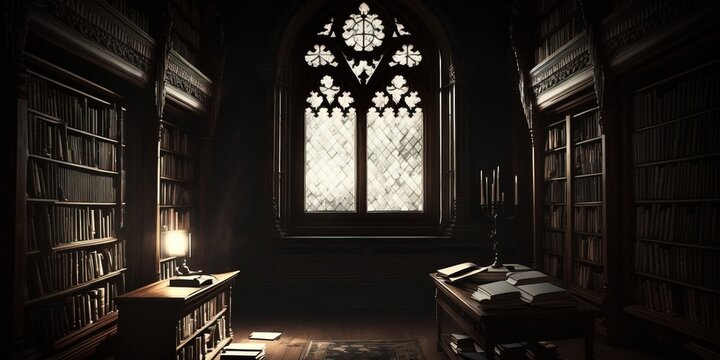
FAQ About Gothic Literature
Gothic Literature
2 years ago | gizem
What is the significance of Gothic architecture in the genre?
Gothic architecture holds significant significance in Gothic Literature, as it serves multiple purposes and contributes to the genre's overall atmosphere, themes, and aesthetics. Here are some key aspects of the significance of Gothic architecture in the genre:
- Atmospheric Setting: Gothic architecture, characterized by its pointed arches, ribbed vaults, and flying buttresses, provides an atmospheric setting for many Gothic novels and stories. The architectural details are often described in intricate and haunting detail, adding to the overall sense of gloom and foreboding.
- Mysterious and Haunting: Gothic architecture's ornate and intricate designs can create a sense of mystery and eeriness. The play of light and shadow in Gothic buildings adds to the atmosphere of the uncanny and the supernatural that is often present in the genre.
- Symbolism: Gothic architecture is rich in symbolism, and many elements of these structures are used symbolically in Gothic literature. For example, the soaring spires and towering walls of a cathedral might symbolize the power and grandeur of the church or the dark secrets hidden within.
- Isolated and Decaying Settings: Many Gothic stories are set in isolated and decaying buildings, often inspired by Gothic architecture. These settings contribute to a sense of isolation, vulnerability, and the passage of time.
- Mirrors Themes: The architecture itself can mirror the themes of the story. For instance, a crumbling, decaying castle might symbolize the moral decay of a family or society. A labyrinthine structure can reflect the complexity of the human psyche.
- Supernatural Encounters: Gothic architecture often provides the backdrop for encounters with the supernatural, such as ghostly apparitions in a grand mansion or mysterious voices echoing through an abandoned monastery.
- Conflict Between Light and Darkness: The interplay between light and darkness within Gothic buildings can symbolize the broader themes of the genre. Dimly lit corridors, candlelit chambers, and hidden alcoves create an atmosphere of tension and suspense.
- Hidden Passageways and Secrets: The architectural complexity of Gothic structures often includes hidden passageways, secret chambers, and concealed doors. These architectural features are frequently used as plot devices, revealing hidden secrets or enabling characters to escape danger.
- Psychological Exploration: The labyrinthine nature of some Gothic buildings can mirror the complexity of the human mind. Characters navigating these structures may also be navigating their own inner demons and psychological conflicts.
- Sense of Timelessness: Gothic architecture can evoke a sense of timelessness, connecting the past with the present. This sense of history and continuity contributes to the genre's exploration of the past's impact on the present.
